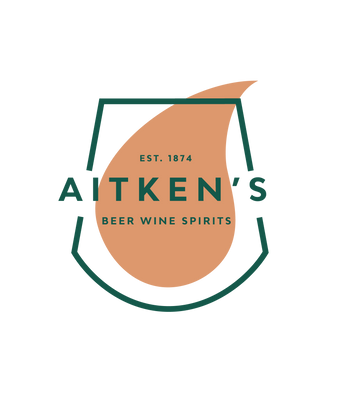Images are for illustrative purposes only and, unless clearly stated in the product title or description, labels and vintages may differ from those shown.
| Grape | Malvasia, Sangiovese, Trebbiano |
| Style | Sweet Wine, Tropical, Rich, Complex, Toasty |
| Country | Italy |
| Region | Chianti Classico, Tuscany |
| Volume | 37.5cl |
| ABV | 13.5% |
| Dietary | Vegetarian, Vegan, Sustainable, Organic |
Fèlsina Berardenga, Vin Santo is a golden yellow wine with coppery highlights. Its rich aromas of peach and apricot are complemented by hints of pineapple and tropical fruit. Its full-bodied palate offers toasty nuances from well-integrated oak and a supple blend of fruits. Its lively acidity is balanced by subtle sweetness and flavours of baked apricot and candied pineapple. Enjoy its long finish.
About the Producer
This 470-hectare estate is located northeast of Siena in the commune of Castelnuovo Berardenga, on the southern border of the Chianti Classico zone. Fèlsina epitomises the powerful style of southern Chianti, where the wines are stylistically more akin to those from Montalcino than their fellow Chianti from Fontodi or Isole e Olena. Domenico Poggiali bought the estate in 1966. Giuseppe Mazzocolin, son-in-law of Domenico, entered the family business in the late 1970s and played a significant role in the growth of the winery. In 1990 Giovanni Poggiali, Domenico's grandson, joined the management and continues his grandfather's enterprise with the same passion. Giuseppe Mazzocolin is now less involved in the running of the estate, and consultant oenologist Franco Bernabei remains very much at the helm of the winemaking team, as he has been since 1983.
Vineyard and Winery
The grapes come from two vineyards (Valli and Il Poggiolo) in the commune of Castelnuovo Berardenga on the southern border of the Chianti Classico denomination, southeast of Siena. The vines are Guyot trained and many are over 35 years old. Soils are calcareous in the Chianti Classico area and loamy/sandy on the borders of the Crete Senesi. Vines are planted at a density of 5,400 per hectare.
After rigorous selection, the clusters were subjected to a natural drying process on mats until January/February of the following year. They were then de-stemmed and pressed. The must was transferred to sealed 100 litre oak casks containing the 'mother', the gelatinous remainder of previous vintages. After seven years in the 'vinsantaia' loft area, the wine was bottle-aged for six months before release.
Reviews
Net Orders Checkout
| Item | Price | Qty | Total | |
|---|---|---|---|---|
| Subtotal |
£0.00 |
|||
| Shipping | ||||
| Total | ||||

